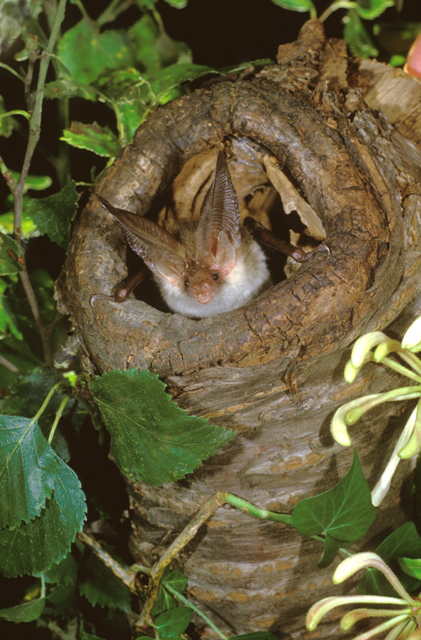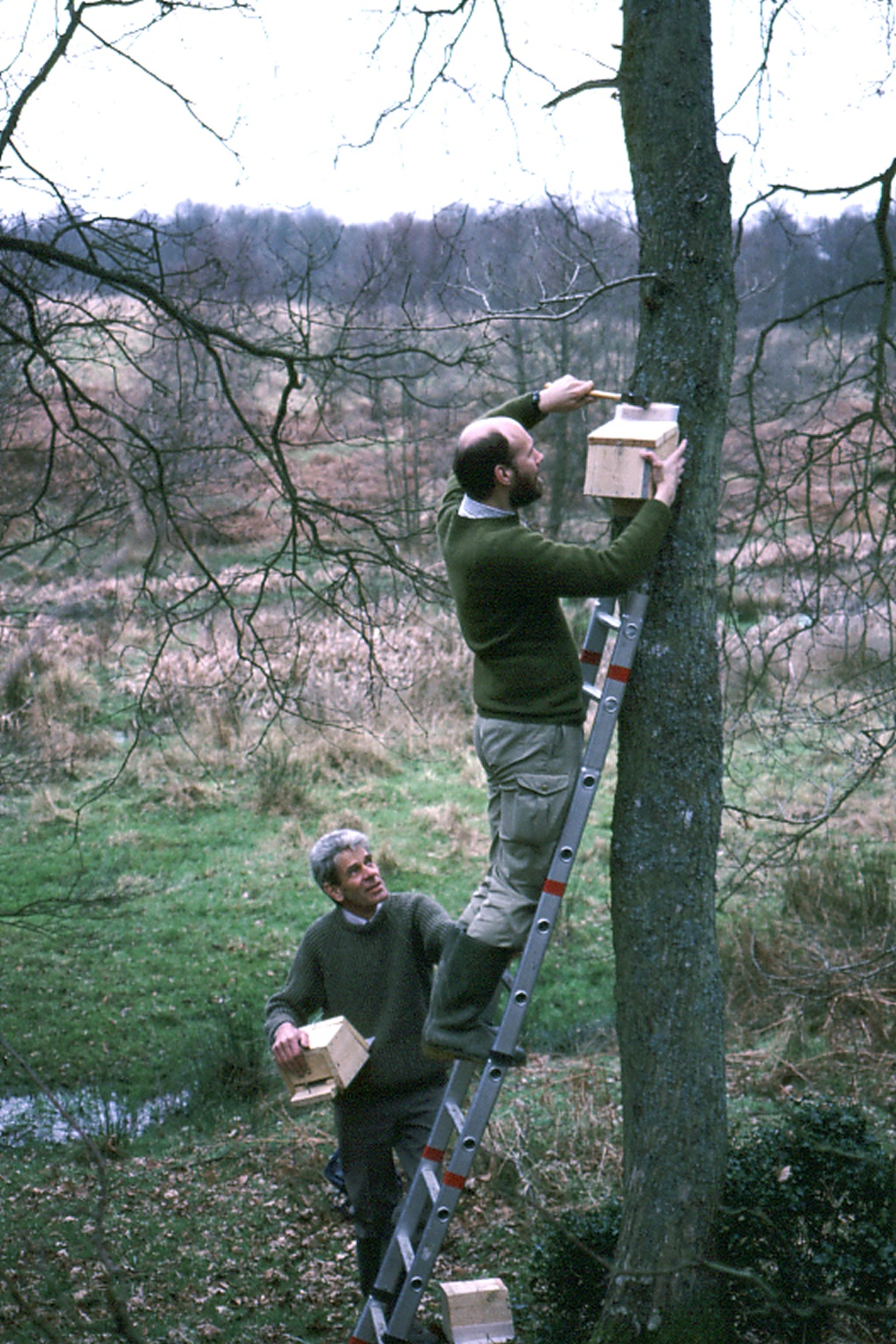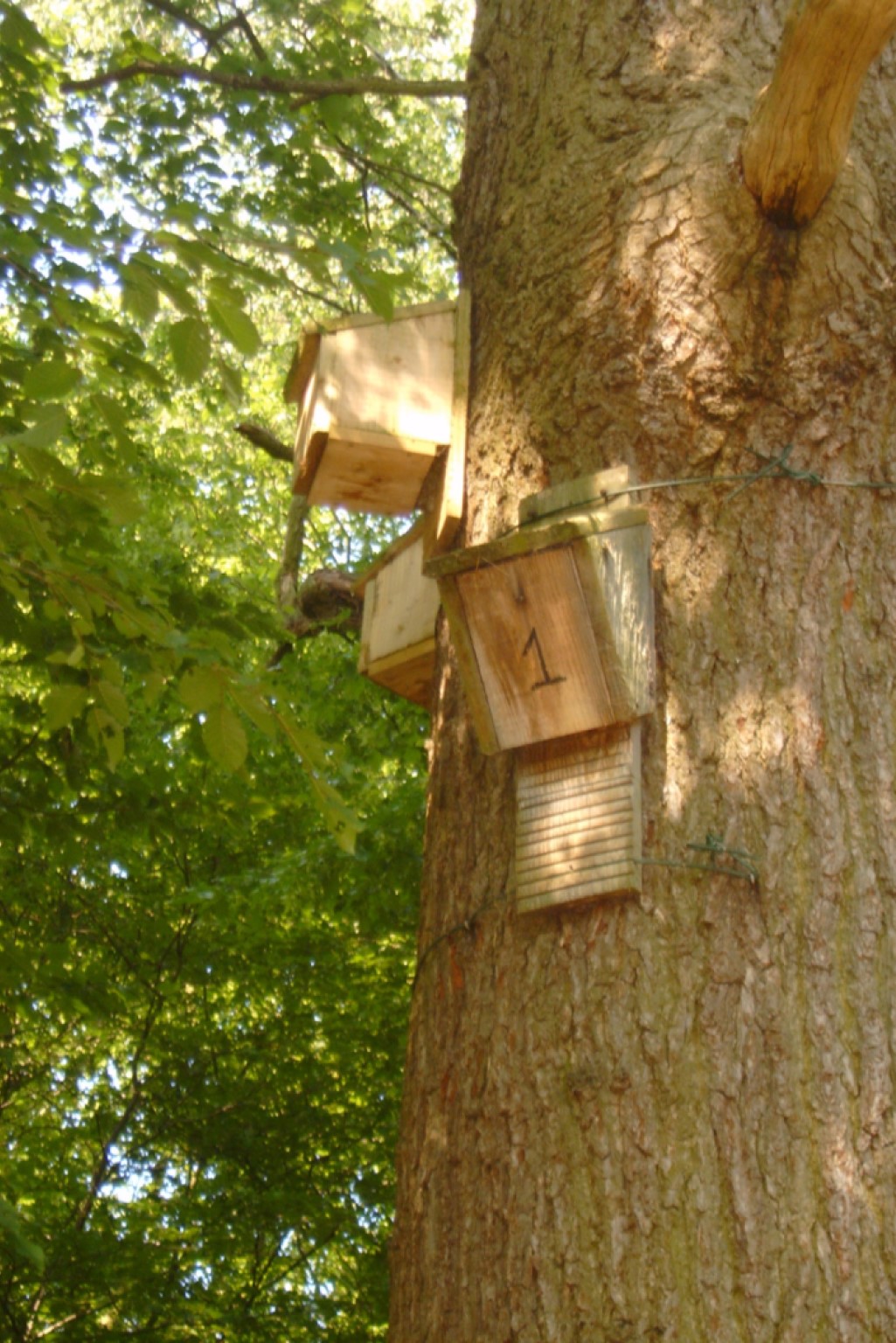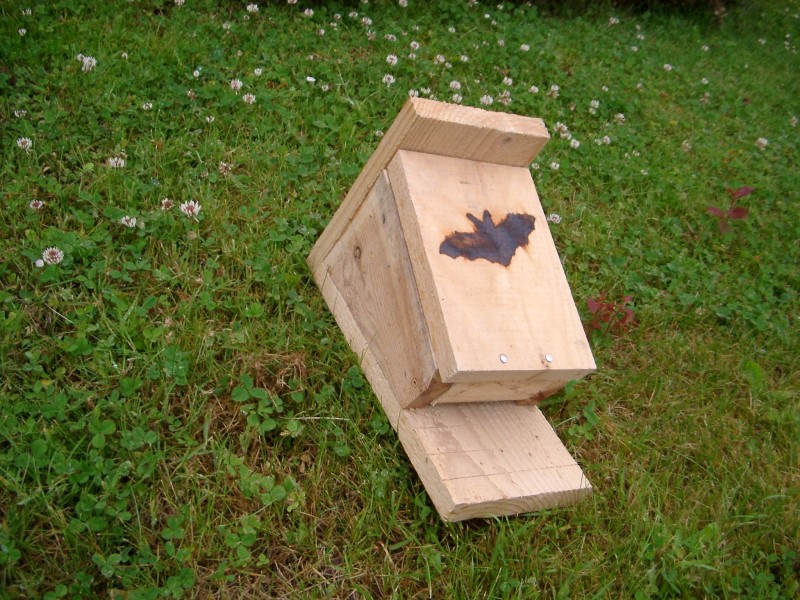Making a Home for Bats on Your Croft
16 March 2023Where do bats live?
A roost is the name of a bat’s home. Throughout the year bats may move between different roosts, that provide different needs, in the summer, females will gather in maternity colonies in warm, dry conditions to raise their young. In contrast, during the winter bats need somewhere cool and with high humidity to hibernate.
All Scottish bats evolved to live in trees and caves, and then many have adapted to live in buildings. Some crofts, that have good insect hunting grounds for bats, do not have trees with suitable roosting features such as cavities, woodpecker holes, loose bark and thick ivy on their trunks or suitable buildings for bats to set up home.
However, we can provide new homes for bats on our crofts by putting up bat boxes.
Bat Boxes - Key Facts
- Remember once a bat box is installed it should only be opened by a licenced bat worker.
- However, you will see signs of habitation by droppings and urine staining on the ‘bat ladder’ part of the box. Also during the summer you can also listen for ‘chattering’ or watch the box for an hour either side of sunset to observe any bats leaving.
- Bats can live a long time for their size - some have even been known to live more than 30 years. You may need to be patient, as they take some time to move into installed bat boxes. Once bats do find it, it is likely that they'll return in future years.
- Ensure you follow the Bat Conservation Trust’s advice on making bat boxes and siting.
- Don’t worry if bats are in your sheds, as they are not rodents and they don’t nibble on wood, wires and other bits and pieces in buildings.

Advice on Making and Siting a Bat Box
Bat boxes have key features to help bats, these include a bat ladder and using rough sawn and unplanned timber to allow the bats to grip onto it. Remember to ensure that predators cannot get to the bats when they are in the bat box. Also care must be taken to ensure that there are no ‘bat unfriendly’ chemicals used on the box - further advice is available in the links below.
Wooden bat boxes - Bat Boxes - Bat Conservation Trust (bats.org.uk)
Bat Box Information Pack May 2018 (bats.org.uk)
You can also buy bat boxes if you are not so good at wood working.



Species on the Edge
Cathryn Baillie (cbaillie@bats.org.uk) has recently started at Bat Conservation Trust. She's working on a new conservation programme of work called Species on the Edge. She'll be helping to conserve a range of rare and wonderful wildlife on Scotland's coast, including leading on a bat project. She would welcome talking with you about your bats or putting up a bat box. The project is in an early stage but we'll soon share opportunities to get involved.
Local Bat Groups
Local bat groups are formed of volunteers. If you are interested in knowing more about bats on your croft or providing bat boxes it could be worth making contact with your local bat group.
Scotland - Contact your local bat group - Bat Conservation Trust (bats.org.uk)
Want to know more about Bats and Crofting?
The Farm Advisory Service has two publications that can help you learn more about the connections between bats and crofting
Sign up to the FAS newsletter
Receive updates on news, events and publications from Scotland’s Farm Advisory Service

